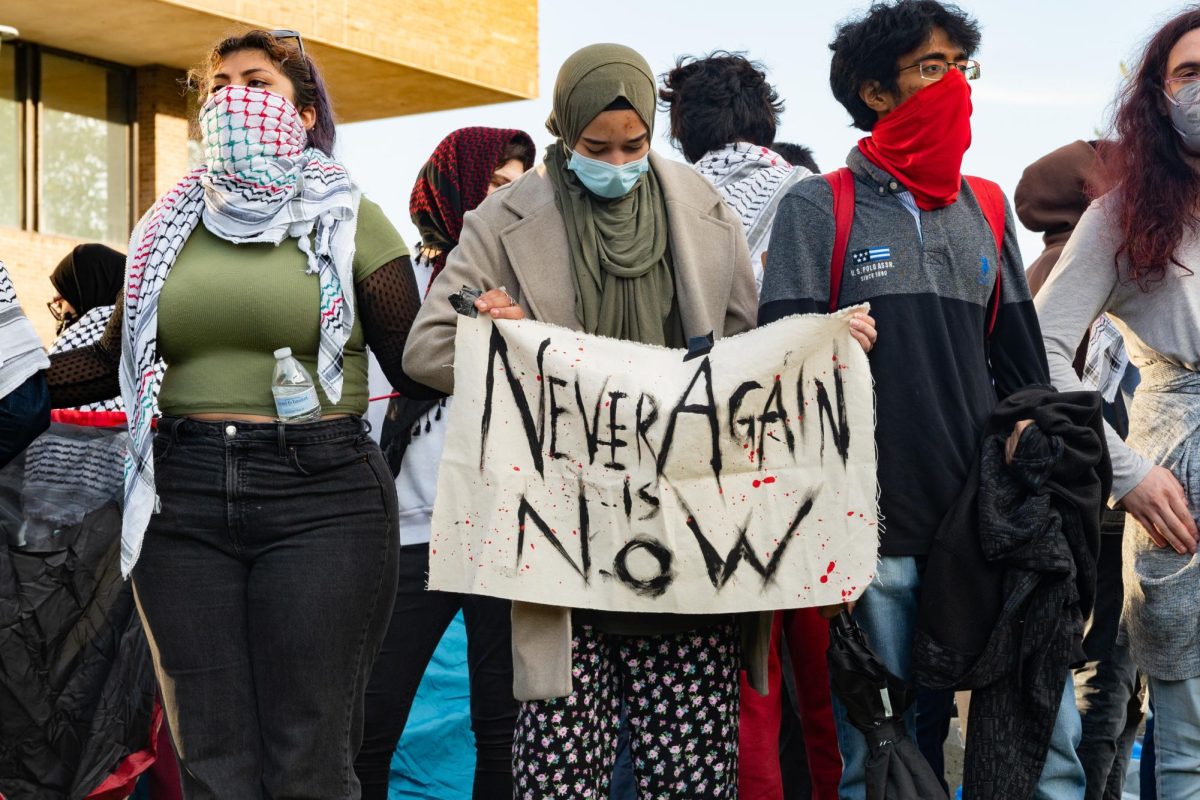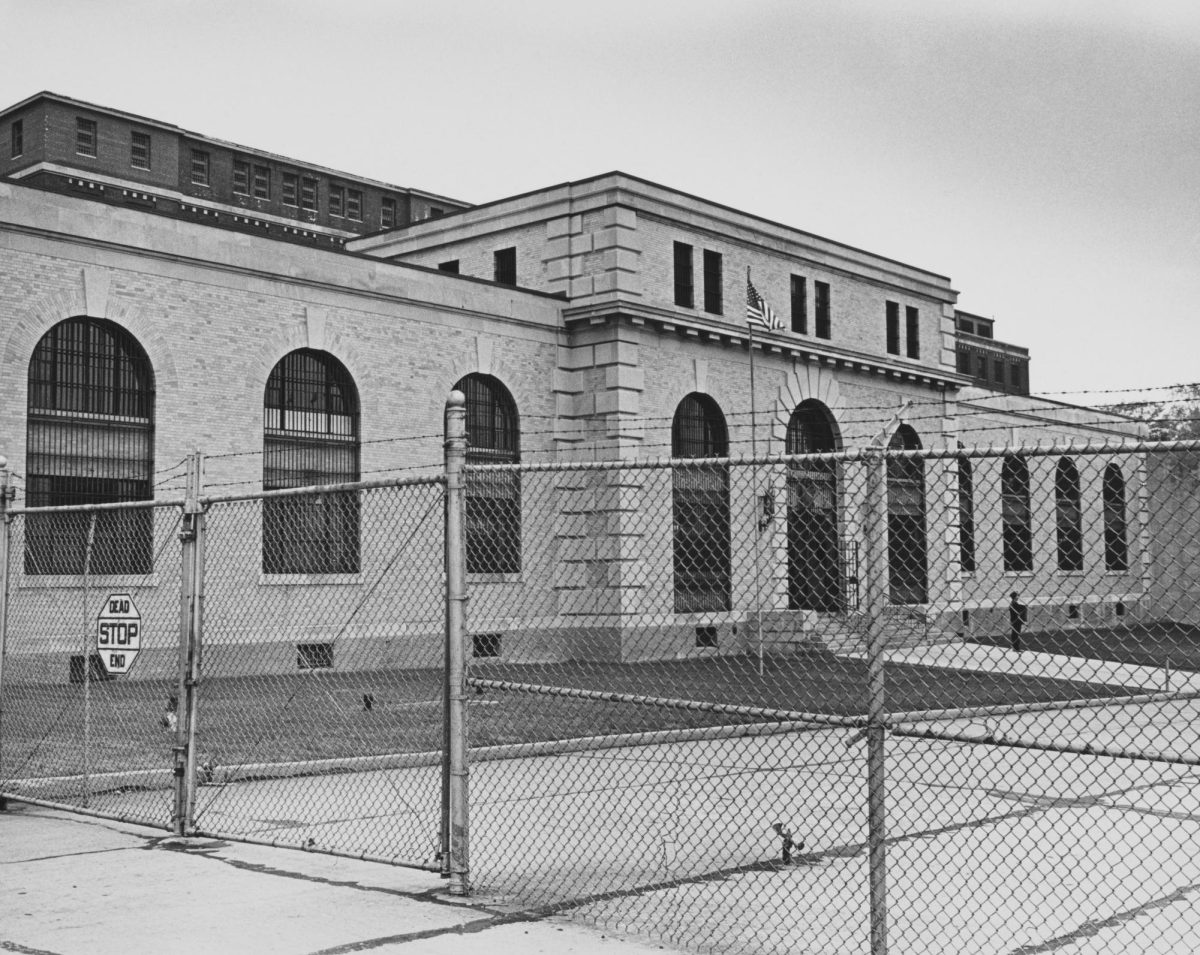The Think Again campaign posters are hard to miss and are drawing attention, as well as confusion, from students around campus.
The posters feature photographs of Stony Brook students with the slogan “Think Again” and a Quick Response Code, which students can scan with their smartphones, to open the campaign’s website.
Aleef Rahman, a recent graduate from the public health and MBA program, has been spearheading the Think Again campaign to change the perception of SBU students who overestimate the actual number of students who engage in high risk behaviors such as alcohol abuse, drug use or sexual harassment.
“These public health campaigns focus on changing attitudes,” Rahman said.
“Stony Brook students overestimated their peers’ alcohol use as nearly double the actual use,” according the campaign’s website. By scanning the QR code from the posters, students can reach the website, which offers more figures about high risk behaviors on campus as well as resources for more information or help.
Stony Brook has joined the National College Health Improvement Project. The Think Again campaign is a part of Stony Brook’s Serious About Safety projects on campus as part of the toxic drinking intervention initiative. The campaign has also been working with Counseling and Psychological Services, the Center for Prevention and Outreach, and Red Watch Band, Rahman said.
“I think it’s a wonderful way for us to integrate technology, art and science towards making a difference in our campus culture,” Ahmed Belazi said in an email regarding the campaign. Belazi was a part of the team led by Dr. Jenny Hwang, associate dean and director of Prevention and Outreach, who has been looking at the high risk behavior of drinking.
The posters feature students serving as student ambassadors for the campaign.
“Some of the student ambassadors drink; some don’t. They embody the image that you don’t need to engage in high risk behaviors,” Rahman said. The student ambassadors range in backgrounds and areas of study and can be found on the campaign’s website.
According to Rahman, from Monday morning to Thursday evening, the campaign had 4,030 hits on its website. The posters will stay up until the end of the semester.
“Each poster is unique to the academic building,” Rahman said. “I want the entire university to know about this.”
The Think Again campaign is using Google Analytics to calculate the success of the project by monitoring the time a person spends on each message or photo on the website, Rahman said.
“While it is still quite early to make any substantive conclusions about the successfulness of the Think Again campaign, if even one student is able to look at their relationship with alcohol in a new and healthier way or help a friend do the same, then I would say the program has been successful,” Belazi said in an email.
The posters are certainly drawing viewership
“I think that the posters are very good at getting attention,” freshman mechanical engineering major Michael Shea said. “It encourages you to learn more about what you should know about.”
“I think it’s profound. It’s attention-getting,” freshman engineering science major Alia Rafiq said. Rafiq said she did not know what the posters were about and, although she had not scanned the QR code, found out about the campaign’s goals through word of mouth.
Rahman’s methodology of integrating public health issues, marketing and photography like the Think Again campaign will be a part of a series of presentations at Harvard Medical School this fall. “I wanted it to really grab people’s attention. I didn’t want to indoctrinate them with health issues,” Rahman said.
The Think Again posters will be on campus again in the fall, and Rahman is encouraging students and faculty to become ambassadors for the campaign.
“This is just the beginning of the campaign,” Rahman said.










